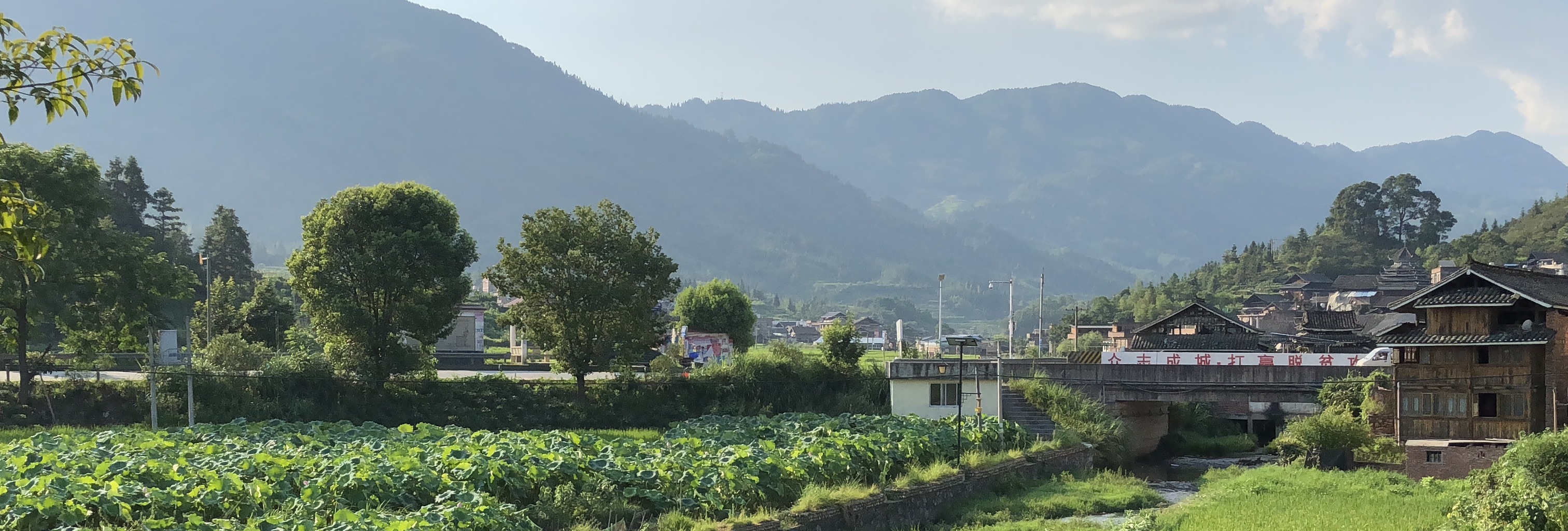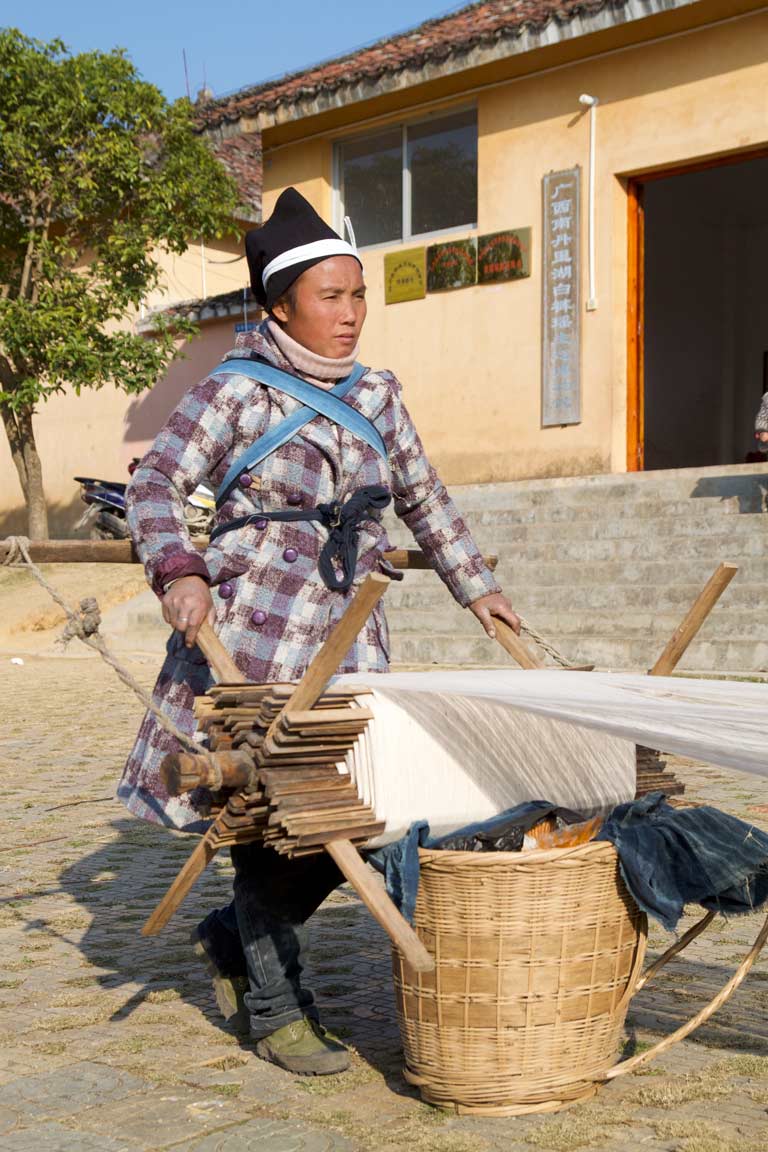During 2017-2019, the sub-project emphasized binational work pursued in three interconnected areas: (1) original field research, (2) a training event, and (3) a research forum. These activities built upon our past work in 2013-2016 to enrich museum-based folklore practice in the two nations, to foster increased centrality for museum-based work within the larger folklore studies field in China, the US, and internationally, and to enhance general understanding of cultural diversity and cultural heritage in the two nations.
In an intensive project core, a team of American and Chinese scholars—some of them experienced researchers, others junior scholars and students—collaborated on team field research focused on a rich range of textile practices that are fundamental to local tangible and intangible cultural heritage in rural Guangxi Zhuang Autonomous Region. Through three fieldwork periods staged between 2017 and 2019, this work took place in Nandan County and Sanjiang Dong Autonomous County in the northern part of the autonomous region, where large and culturally distinctive Dong, Yao, Miao, and Zhuang (mínzú) populations reside. Textile forms studied included embroidery, weaving, clothing, silk production, basketry, and indigo dying.
The project research was undertaken in two communities that have established local eco-museums for the promotion and protection of community cultural heritage. These two—the Sanjiang Dong Eco-museum and the Nandan Baiku (White Trousers) Yao Eco-museum—are among the ten village-based eco-museums supported by the Anthropology Museum of Guangxi (AMGX) (a.k.a. the Guangxi Museum of Nationalities). The joint field research has provided new insights not only into textile objects and practices but also on their emerging status as expressions of heritage and as cultural foci for these eco-museums and for regional heritage initiatives more broadly.
The AMGX hosted and lead this multi-year field research program, with (through the end of 2019) Indiana University’s Mathers Museum of World Cultures leading US participation within it. Project participants include staff and students affiliated with these two museums as well as the Michigan State University Museum, the Museum of International Folk Art, and the two community eco-museums. The tangible outcomes of this research include scholarly and public-facing writings in the United States and popular as well as accessible documentary media productions. The Yunnan Nationalities Museum and the Guizhou Nationalities Museum, key partners during the 2013-2016 Collaborative Work in Museum Folklore and Heritage Studies” sub-project, remained key interlocutors during this second project and participated in the project’s 2019 forum event in Beijing.
In May 2019, as part of the sub-project, team members also undertook research on craft and heritage issues among the Bai people of Dali Bai Autonomous Prefecture in Yunnan Province. The National Culture Research Institute at Dali University facilitated and hosted the team’s work in Yunnan, China.
In association with this field research effort, a larger group of scholars and practitioners engaged the “Collaborative Work in Museum Folklore and Heritage Studies” sub-project through three convenings. The first of these was a training workshop on methods in museum ethnography held in Nanning in 2017. The second was a major research conference, The Seventh Forum on China-US Folklore and Intangible Cultural Heritage: Collaborative Work in Museum Folklore and Heritage Studies, held in May 2019 at the Indiana University China Gateway office in Beijing. Find a detailed report on the Seventh Forum here. The third convening, held in September 2021, was the Material Culture and Heritage Safeguarding in Southwest China symposium. Find a detailed report on the symposium here and download the conference program here.
Reports on the work of the sub-project have also been shared in panels organized for the 2018 and 2019 American Folklore Society Annual Meeting. Abstracts for these panels are available here (2018) and here (2019).



